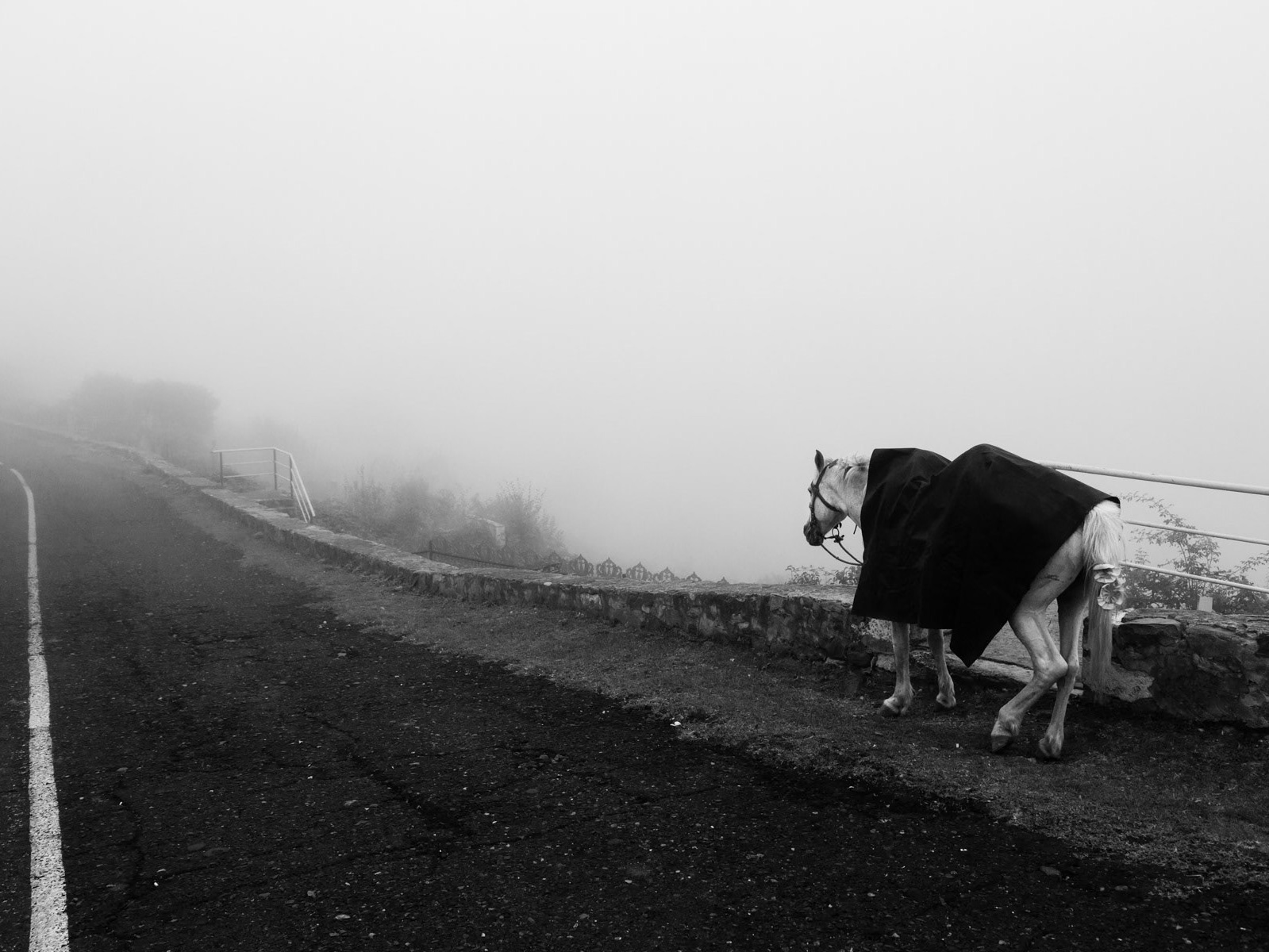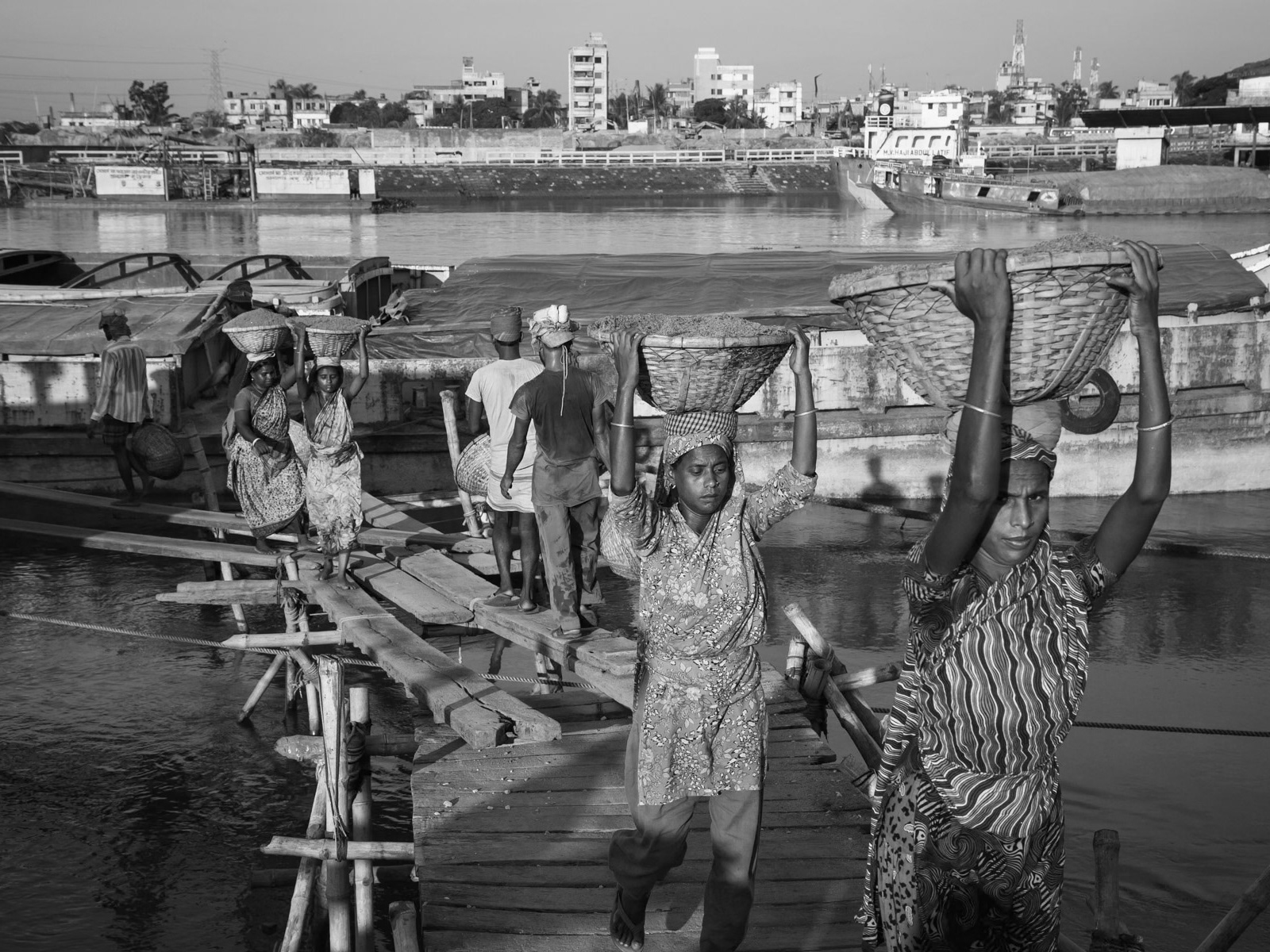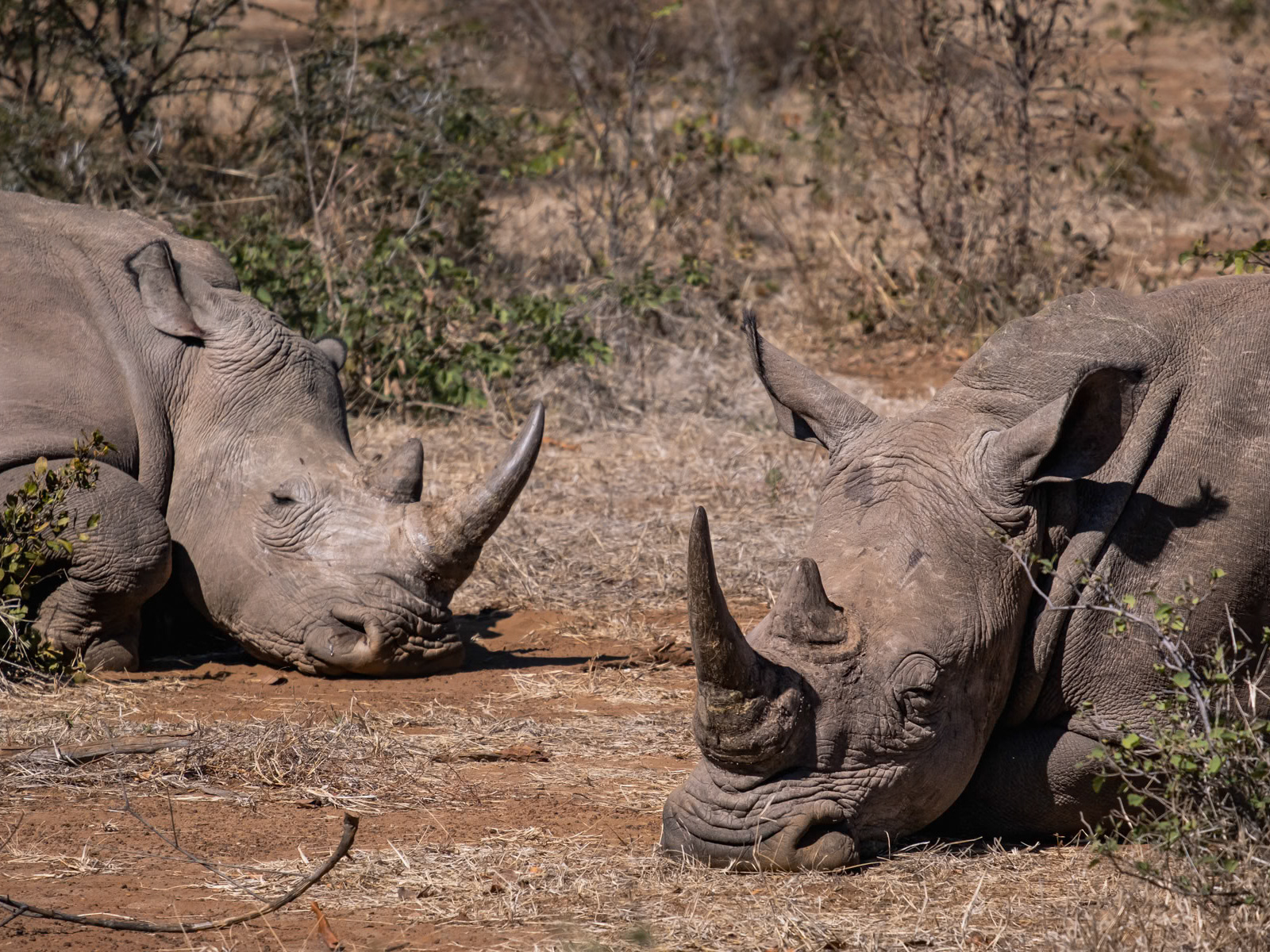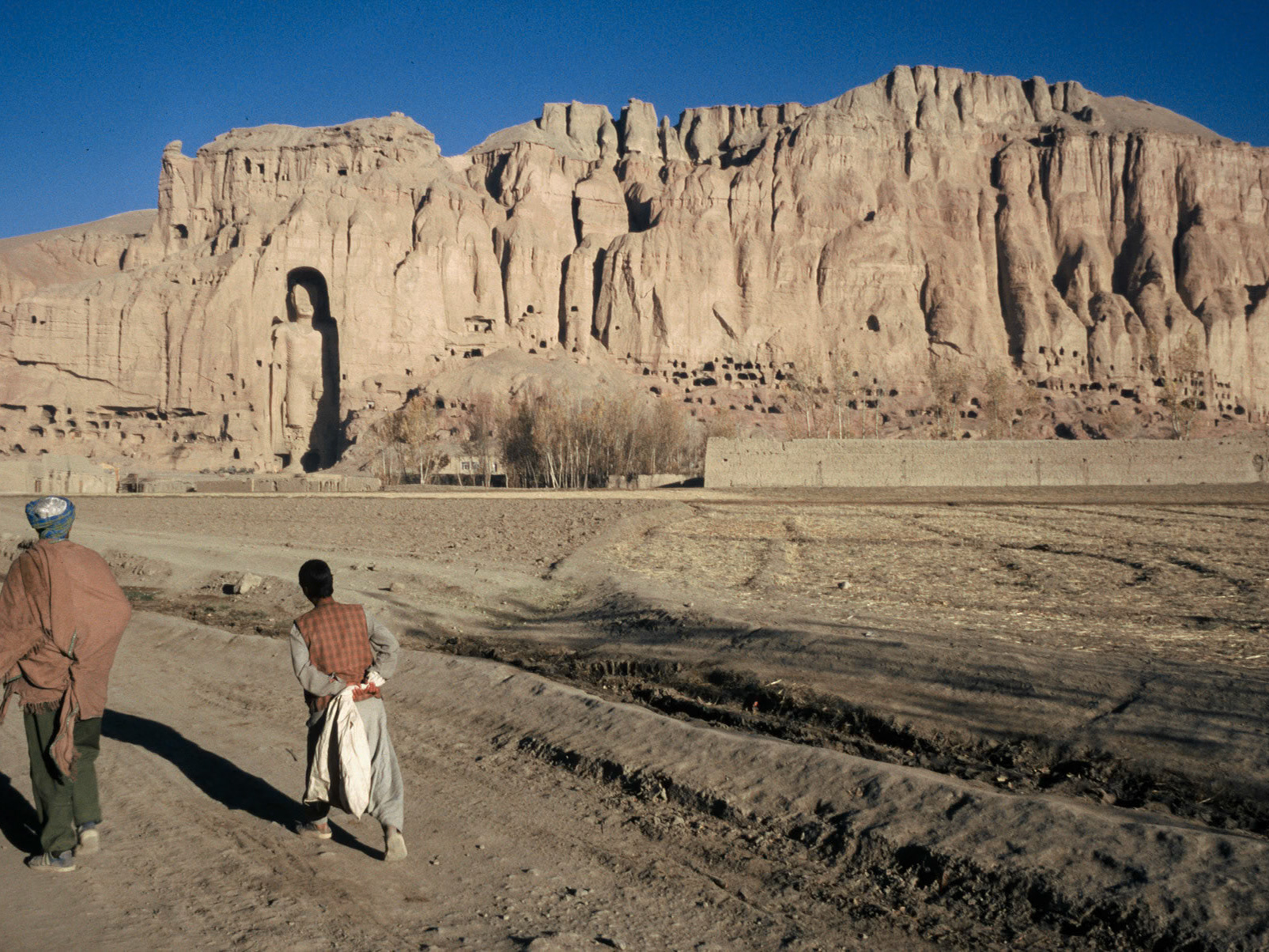The First Nagorno-Karabakh War (1988-1994) was a devastating conflict between Armenia and Azerbaijan, centered around the disputed region of Nagorno-Karabakh. The war’s roots lay in ethnic tensions and territorial claims, as Nagorno-Karabakh was an ethnically Armenian enclave within Azerbaijan’s borders, despite its majority-Armenian population. The collapse of the Soviet Union in the late 1980s escalated these tensions, as both Armenians and Azerbaijanis sought to assert their control over the region. Ethnic violence erupted in the late 1980s, with attacks on Armenian and Azerbaijani populations in cities across both countries, marking the beginning of a brutal conflict.
As the war intensified, Armenia and Nagorno-Karabakh Armenians formed a de facto alliance, eventually leading to the formation of the self-declared Nagorno-Karabakh Republic (NKR) in 1991. This entity, although unrecognized by the international community, operated with its own government, military, and institutions. The NKR sought to break away from Azerbaijan, rejecting the authority of Baku. The war, which involved heavy casualties and widespread displacement, was marked by extreme brutality, with both sides committing atrocities against civilians.
The war resulted in significant ethnic cleansing, with tens of thousands of people forced from their homes. In particular, Azerbaijani civilians were expelled from Nagorno-Karabakh and surrounding regions, while Armenians fled from Azerbaijani territories. The city of Aghdam, a major Azerbaijani stronghold, was captured by Armenian forces and left in ruins. The aftermath of the war saw the creation of a new reality on the ground, with Nagorno-Karabakh and surrounding territories under Armenian control.
Though the 1994 ceasefire ended large-scale fighting, the war’s consequences lingered for decades. Nagorno-Karabakh remained a self-declared republic, with its borders extending beyond the original oblast to include parts of Azerbaijan’s surrounding districts. The de facto independence of the NKR created a frozen conflict, with sporadic flare-ups of violence. The international community, while calling for a peaceful resolution, struggled to mediate a lasting solution.
The legacy of the war and the ethnic cleansing that accompanied it continues to affect relations between Armenia and Azerbaijan. The displaced populations from both sides of the conflict have not returned to their homes, and the unresolved status of Nagorno-Karabakh remains a central issue in regional politics. The images of Karabakh and the surrounding areas, including Aghdam, serve as a stark reminder of the war’s devastating impact on the land and its people. The scars of the conflict, both physical and emotional, endure in the lives of those who lived through it and the territories still caught in the aftermath.

Ethnically cleasned town of Karvachar, Nagorno-Karabakh, South-Caucasus, February 2014

Local Armenian resident near the Iranian border in Kovsakan in territories originally part of Azerbaijan, but since 1994 part of the unrecognized Republic of Nagorno Karabakh, August 2016

Karvachar town, Nagorno-Karabakh. February 2014

Varanda junction, once the main road between Karabakh and Baku, October 2013

Overgrown street in Agdam, Karabakh, July 2014

56 years old Vahram from Talish village, internally displaced person for a second time from the same place, the first time in 1991 and the second recently in April 2016. Temporary camp for IDPs from Talish in Drmbon, Nagorno-Karabakh, August 2016

Remains of a mosque in Surenavan between Agdam and Martakert, Nagorno-Karabakh, October 2013

View from the mosque of what was once the city centre of Agdam, Karabakh, July 2014
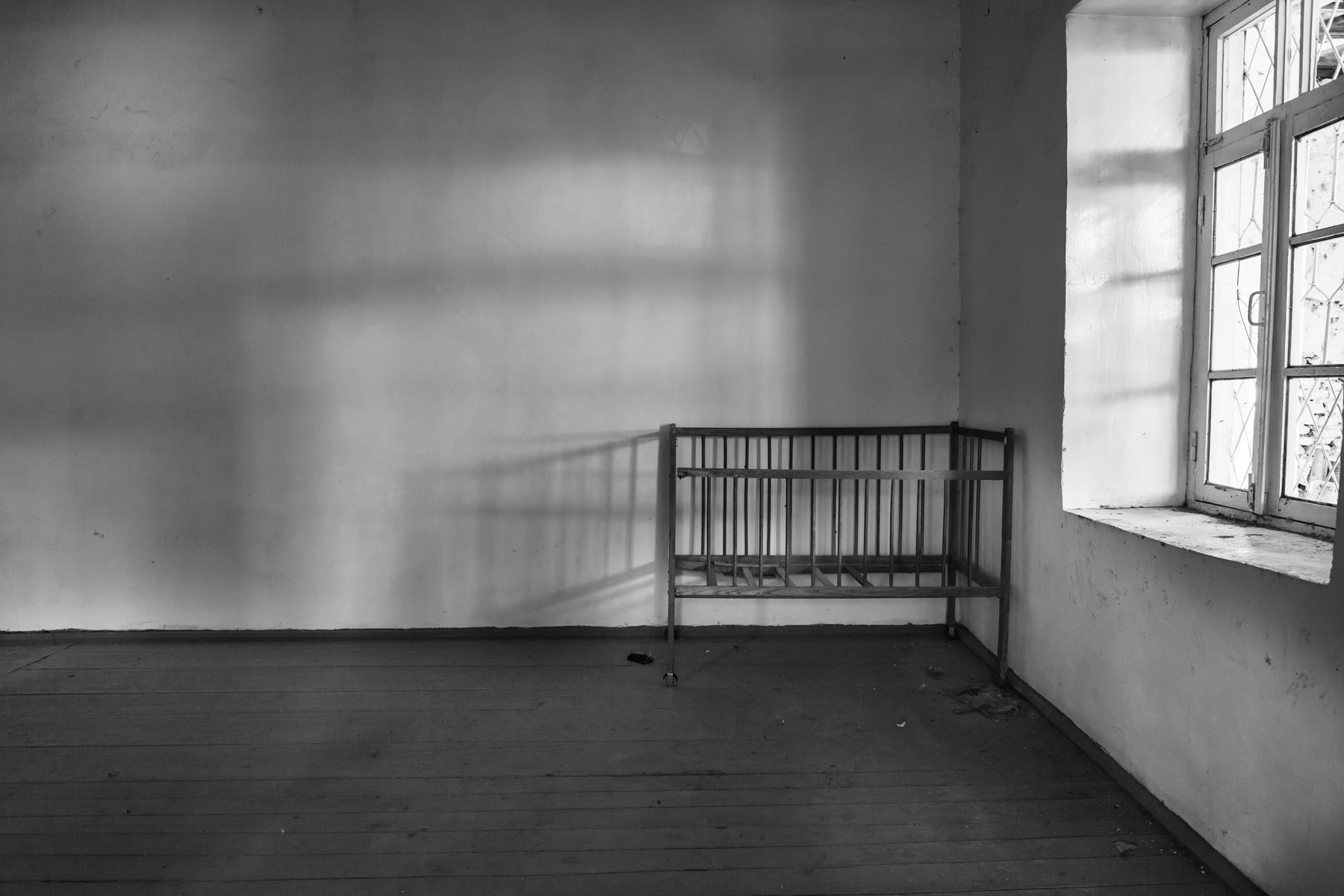
Abandonned house, Talish village evacuated of its population in April 2016 following a ruthless Azeri offensive using special forces and heavy artillary. Vahram's house, Talish, Karabakh, August 2016
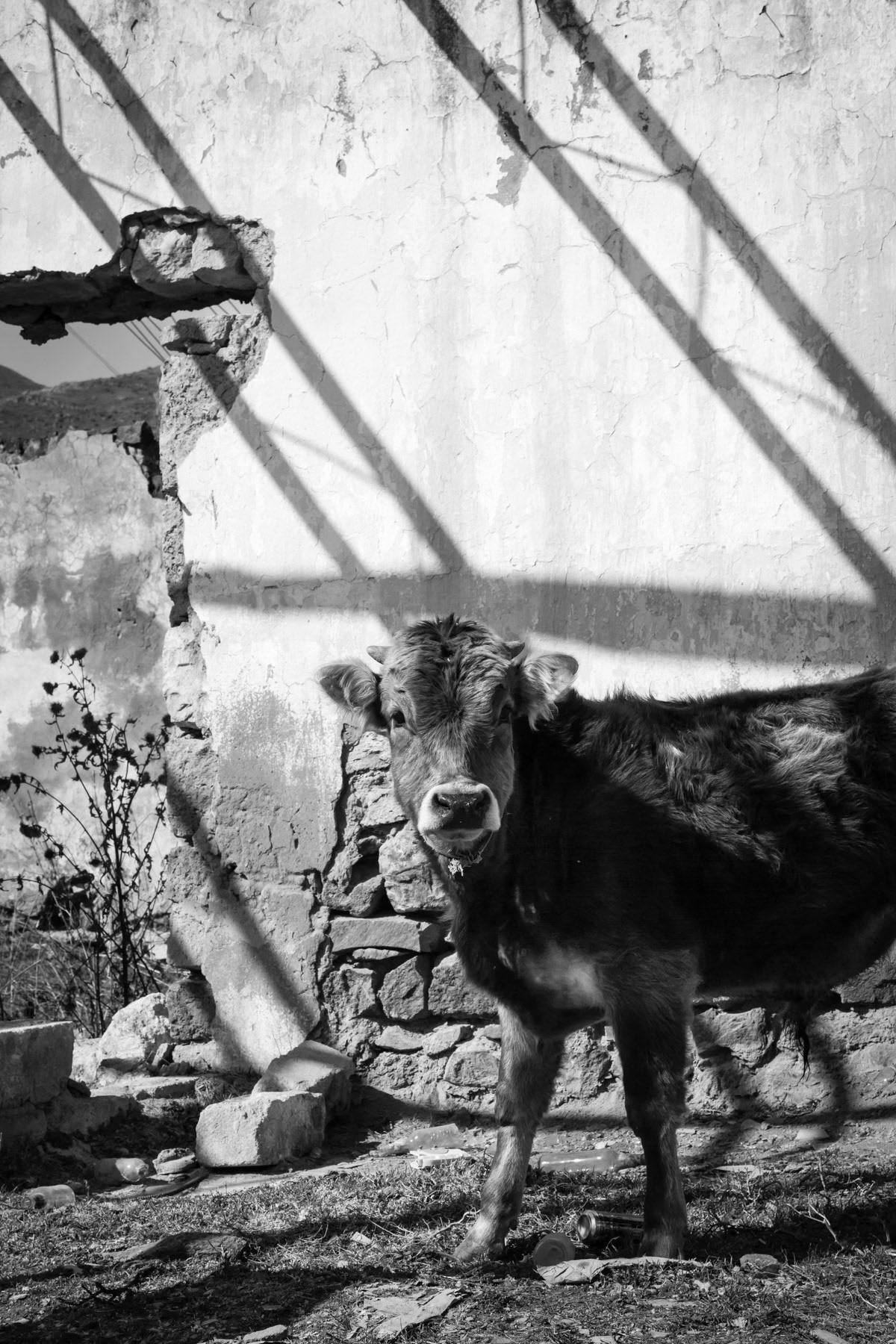
Karvachar town, February 2014

Internally displaced girl, Nagorno-Karabakh, October 2013

Abandoned classroom as the Armenian population fled the Azeri attack on the village during the April 2016 offensive. The school is heavily damaged as it is still today in direct line of fire. Talish school, Nagorno-Karabakh, August 2016

A slow and meticulous process of clearing a path through the forest. The HALO Trust at work, Khramort minefields, Nagorno-Karabakh, July 2014

Resident of Agdam surviving by selling watermelons. Agdam, Karabakh, July 2014

The highly contested city of Agdam left untouched since the end of the hostilities in 1994, Karabakh, July 2014

Outskirts of Nor Maragha village, Nagorno-Karabakh, July 2014

Karvachar region, Karabakh, February 2014

Ripped out electrical wires in a destroyed house, Karvachar town, Nagorno-Karabakh, February 2014

On the way back from school, Karvachar, Nagorno-Karabakh, February 2014

Jrakan second line of defence in the ethnically cleasned territory of Cabrayil. Nagorno-Karabakh, August 2016

Martin showing family portraits, originally from Verishen in today's Azerbaijan. Refugee in the Karvachar region, Nagorno-Karabakh, February 2014

Karvachar town, Nagorno-Karabakh. February 2014
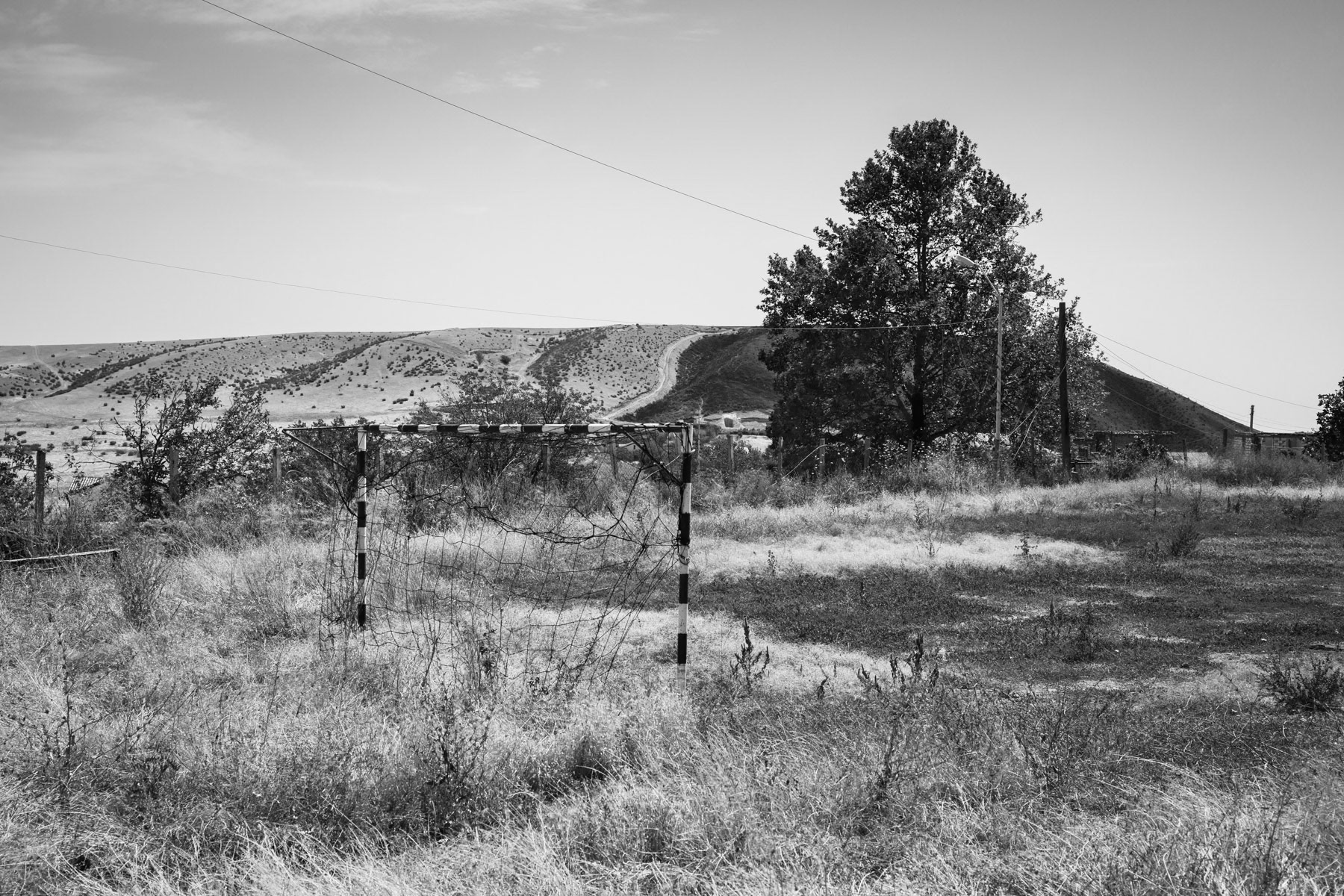
Four months after the offensive, the schoolyard is already overgrown. Evacuated Armenian village of Talish, Nagorno-Karabakh, August 2016

Displaced person for the past 4 months after her village was attacked by Azeri forces on 2 April 2016. IDP settlement near lake Sarsan in Martakert region, Nagorno-Karabakh, August 2016

Karvachar, once a city of twenty five thousand has been completely destroyed during the early nineties. Merely six hundred people live here presently. Karabakh, February 2014

Karvachar town in north-eastern Karabakh, February 2014

Pakahan village in the Kashagar region, Karabakh, March 2014

Armenian child refugee from Azerbaijan. Shushi, Nagorno Karabakh, March 2014

En route between Berdzor and Kovsakan, Kashagar region in Karabakh, March 2014

Talish village was attacked by Azeri special forces on 2/4 at 3am with heavy artillery. They entered briefly the village and killed a couple of eldery persons before exiting one day later. The village is heavily damaged. The outburst of violance of last April was the most serious since the 1994 cease-fire. The village of 600 habitants is completely de-populated and is now effectively the frontline. Wedding hall, Talish, Karabakh, August 2016

A cleared passage through the fields. The HALO Trust at work, Khramort minefields, Nagorno-Karabakh, July 2014
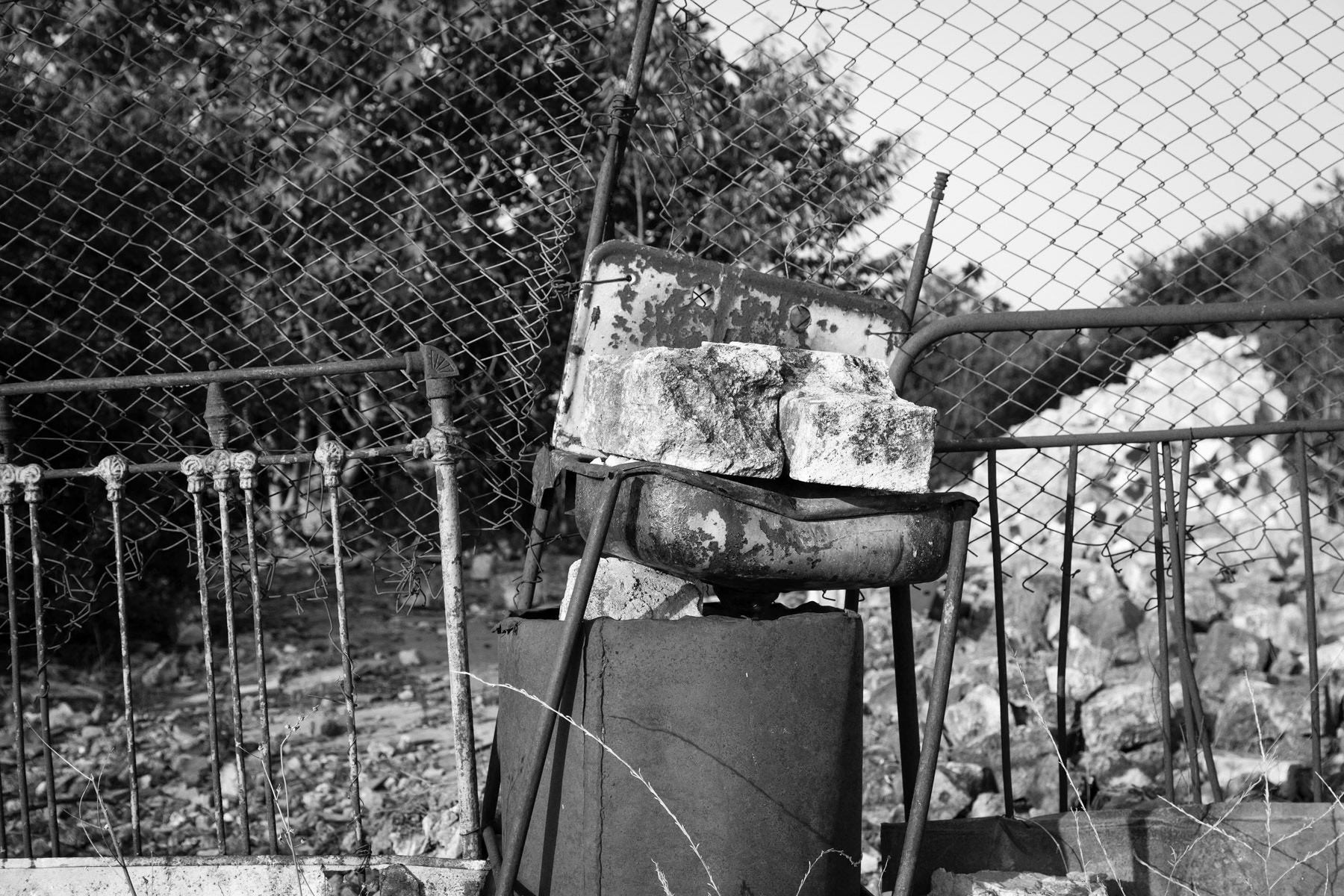
Deserted and destroyed city of Agdam, Karabakh, July 2014

